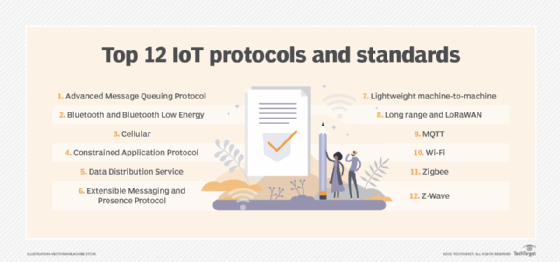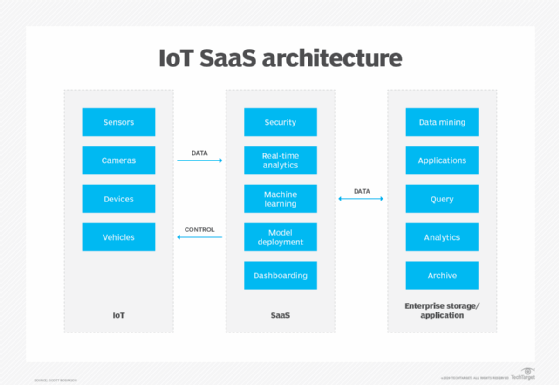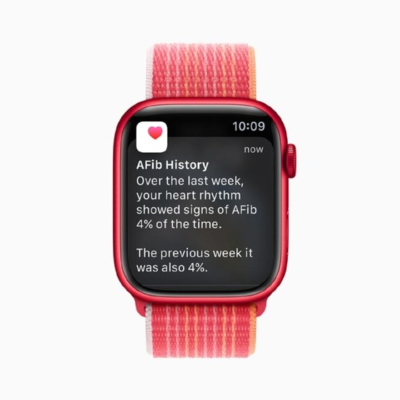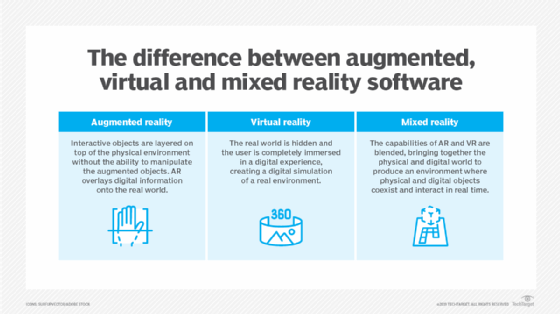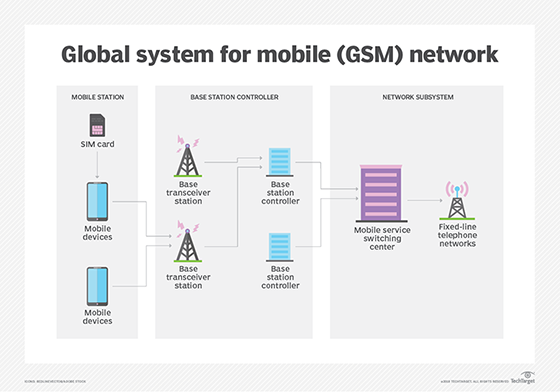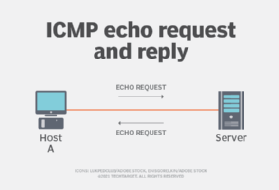Top 12 most commonly used IoT protocols and standards
There were 18.8 billion IoT connections in 2024, according to market research firm IoT Analytics. And researchers there estimated the number of IoT connections will swell to 41.1 billion by 2030. The availability and expansion of IoT protocols, along with 5G and low-power WANs, drive and support much of that growth. Why are IoT protocols […]
Read More6 IoT SaaS platform providers help streamline adoption
IoT devices are everywhere — from manufacturing to healthcare to wearables. Organizations use equipment or vehicles with IoT sensors to collect data and automate back-end processes to improve customer experiences and create new business models. But deploying these connected devices to get value from the data can be challenging. Providers are helping companies address […]
Read MoreWhat is IoT integration?
By Published: Jun 09, 2025 IoT integration is the process of linking smart devices, applications, databases and systems to facilitate data exchange and enable automated workflows. In manufacturing, integrating the internet of things (IoT) into operations can create a smart factory that automates routine tasks and optimizes operational performance and supply chain management. For example, […]
Read MoreApple watchOS (Apple Watch operating system)
What is Apple watchOS (Apple Watch operating system)? Apple watchOS is the operating system (OS) designed specifically for the Apple Watch wearable device, with features that take advantage of the smaller screen and location of the device on the user’s wrist. Apple watchOS is based on iOS, the operating system used for its iPhones and […]
Read MoreWhat is VR locomotion (virtual reality locomotion)?
VR locomotion refers to the techniques and technologies that allow users to move within a virtual reality (VR) environment. Unlike real-world movement, where locomotion is intuitive and physical, moving through a digital space requires translation of user inputs — either physical or simulated — into virtual movement. As immersive VR continues to evolve, locomotion remains […]
Read MoreWhat is the OSI model? The 7 layers of OSI explained
The OSI model (Open Systems Interconnection model) is a multilayered reference model that shows how computer systems and applications communicate over a network. This seven-layer model provides a visual design of how each communications layer is built on top of the other, starting with the physical cabling, all the way to the application that’s trying […]
Read MoreWhat is GSM (Global System for Mobile Communications)?
GSM (Global System for Mobile Communications) is a digital mobile communication standard applied widely in Europe and other parts of the world. Globally compatible, GSM is more popular than another 2G mobile standard: code-division multiple access (CDMA), which is only available in a few countries. While CDMA is tied to a specific mobile phone and […]
Read MoreWhat is 1000BASE-T (Gigabit Ethernet)?
1000BASE-T is a Gigabit Ethernet standard that operates at a speed of 1 gigabit per second (Gbps) over copper wiring. One Gb is equivalent to 1,000 megabits per second (Mbps). The standard uses four pairs of Category 5 (Cat5) or higher unshielded twisted pair (UTP) copper cables to achieve the gigabit data rate. The “T” […]
Read MoreWhat is shielded twisted pair (STP) and how does it work?
Shielded twisted pair (STP) is a kind of cable made up of smaller wires where each small pair of wires is twisted together and has an outer coating to electrically shield it. STP is used for telephone and local area network (LAN) wiring. Shielded means it has an outer covering or shield that functions as […]
Read MoreWhat is ping and how does it work?
Ping (Packet InterNet Groper) is a basic internet program that enables a user to test and verify if a particular destination Internet Protocol (IP) address is reachable and can respond to network requests. Ping is based on Internet Control Message Protocol (ICMP) and is one of the most widely used tools for diagnosing internet and […]
Read More

